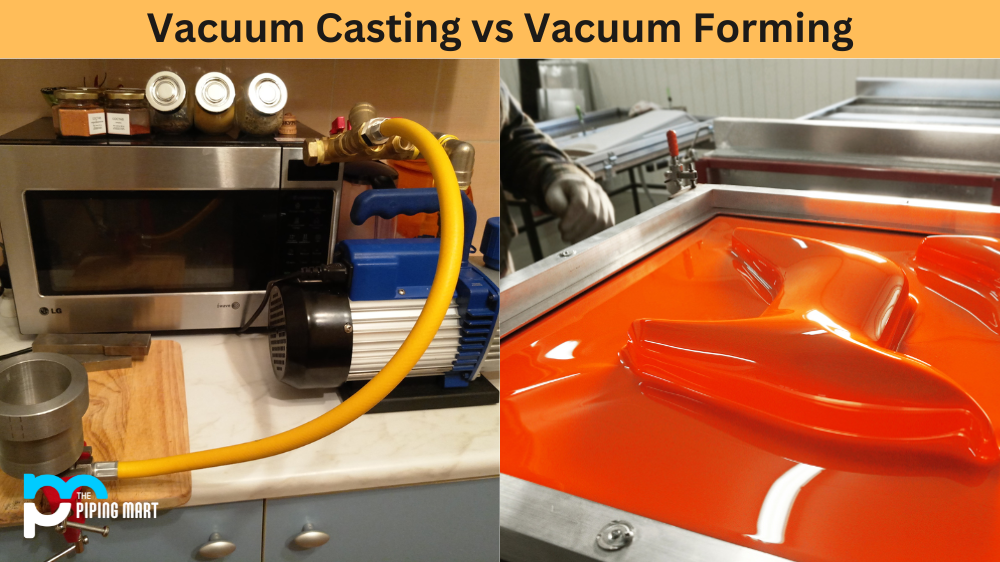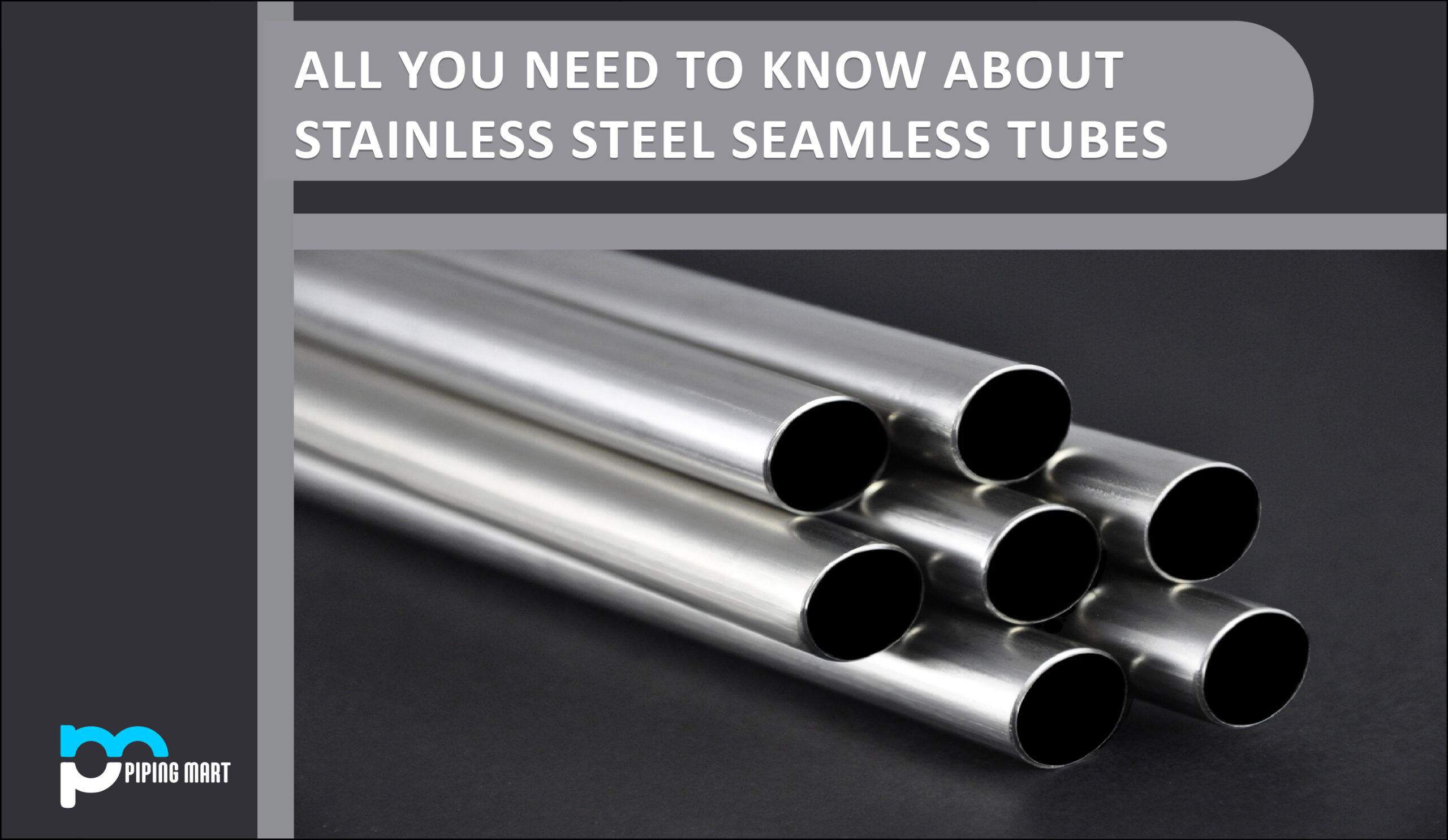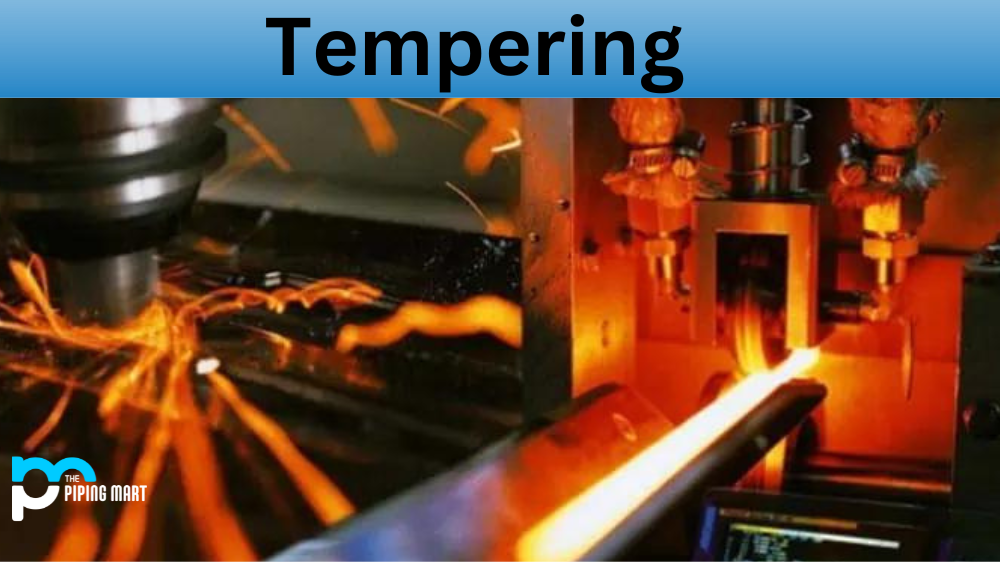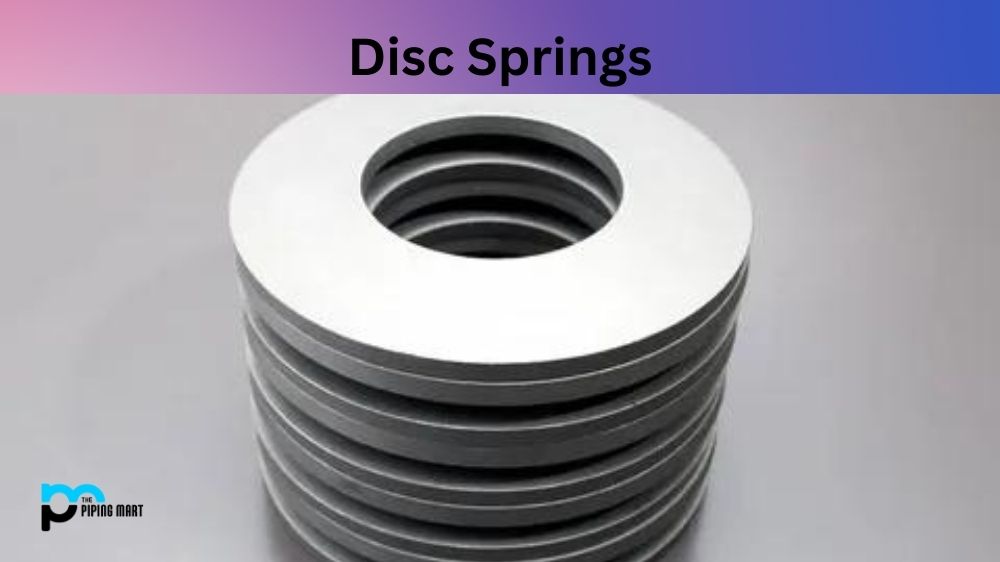Several manufacturing processes are available when it comes to prototyping or creating end-products for a wide range of industries. Two popular methods that come to mind are vacuum casting and vacuum forming. Vacuum casting and vacuum forming are manufacturing methods used to produce plastic parts. While they seem similar, the two techniques exhibit some vital differences that largely relate to their functionality and application. In this blog post, we’ll walk you through the differences between vacuum casting and forming and how to choose between these production techniques.
What is Vacuum Forming?
Vacuum forming is a subtractive manufacturing process that involves heating a thermoplastic sheet and conforming it to a mould. The hot plastic sheet is placed over the mould, and a vacuum is used to suck the sheet onto the mould. The plastic cools down and solidifies into the shape of the mould. This technique is best suited to produce relatively simple shapes and larger components with uniform wall thickness. Vacuum forming is commonly used in the packaging, automotive, and signage industries. It’s also used for creating plastic parts that don’t require a high degree of precision or surface finish.
What is Vacuum Casting?
Vacuum casting is an additive manufacturing process that uses a master pattern, a silicone mould, and polyurethane to create parts. The master pattern is usually made from CNC machining or 3D printing. The design is then used to create a silicone mould, which is then used to make the final parts with polyurethane casting resin. The mould is placed into a vacuum chamber to remove air bubbles, and the material is poured into the mould before curing. After curing, the parts are removed from the mould and ready for use. Vacuum casting is ideal for creating complex parts with greater precision than vacuum forming. This method can also make small batches of parts for testing, prototyping or final production. Vacuum casting is commonly used in medical devices, robotics, aerospace, and automotive industries.
Advantages of Vacuum Forming
The primary advantage of vacuum forming is that it’s a cost-effective method for creating large, shallow parts with uniform wall thickness. This process can be used to create thin-walled parts that are durable and lightweight. In addition, vacuum forming is ideal for making pieces with tight radii and shallow features since the mould can be designed to accommodate them.
Advantages of Vacuum Casting
Vacuum casting has several advantages over vacuum forming:
- It provides greater accuracy and repeatability in the production of parts.
- It can create more complex parts with undercuts, thin walls, and distinctive features.
- The polyurethane material used in vacuum casting can simulate the mechanical properties of other materials, making it an ideal choice for creating prototypes and final-use components.
- Vacuum casting is a process that uses a vacuum to remove air bubbles from the cast material.
- Vacuum forming is a thermoforming process that uses a vacuum to remove air from the mould material.
Difference Between Vacuum Casting and Vacuum Forming
- Vacuum casting is typically used for small-scale production, while vacuum forming is used for large-scale production.
- Vacuum casting is typically used for low-volume production, while vacuum forming is generally used for high-volume production.
- Vacuum casting is typically used for prototype development, while vacuum forming is used for mass production.
- Vacuum casting can be used with various materials, including metals, plastics, and composites. Vacuum forming is typically only used with plastics.
- Vacuum casting can produce parts with very intricate detail and smooth surfaces. Vacuum forming can also have features with intricate detail, but the characters may be softer than those produced via vacuum casting.
- The cost of vacuum casting is typically higher than that of vacuum forming due to the increased complexity of the process.
- The lead time for vacuum casting is typically longer than the lead time for vacuum forming due to the increased complexity of the process.
- There are several advantages and disadvantages to both vacuum casting and vacuum forming – it ultimately depends on the specific application as to which process is best suited.
Conclusion:
In essence, the choice between vacuum casting and vacuum forming depends on the desired final product, its complexity, the materials, and the functionality of the part in question. Vacuum forming is suitable for producing simple shapes with uniform thickness, while vacuum casting is ideal for creating more complex parts with precision, accuracy, and repeatability. By understanding the differences between these two techniques, you can determine which is best for your application or product development. Consult with a prototyping expert to evaluate your requirements and select the proper production technique for your project.

A passionate metal industry expert and blogger. With over 5 years of experience in the field, Palak brings a wealth of knowledge and insight to her writing. Whether discussing the latest trends in the metal industry or sharing tips, she is dedicated to helping others succeed in the metal industry.




